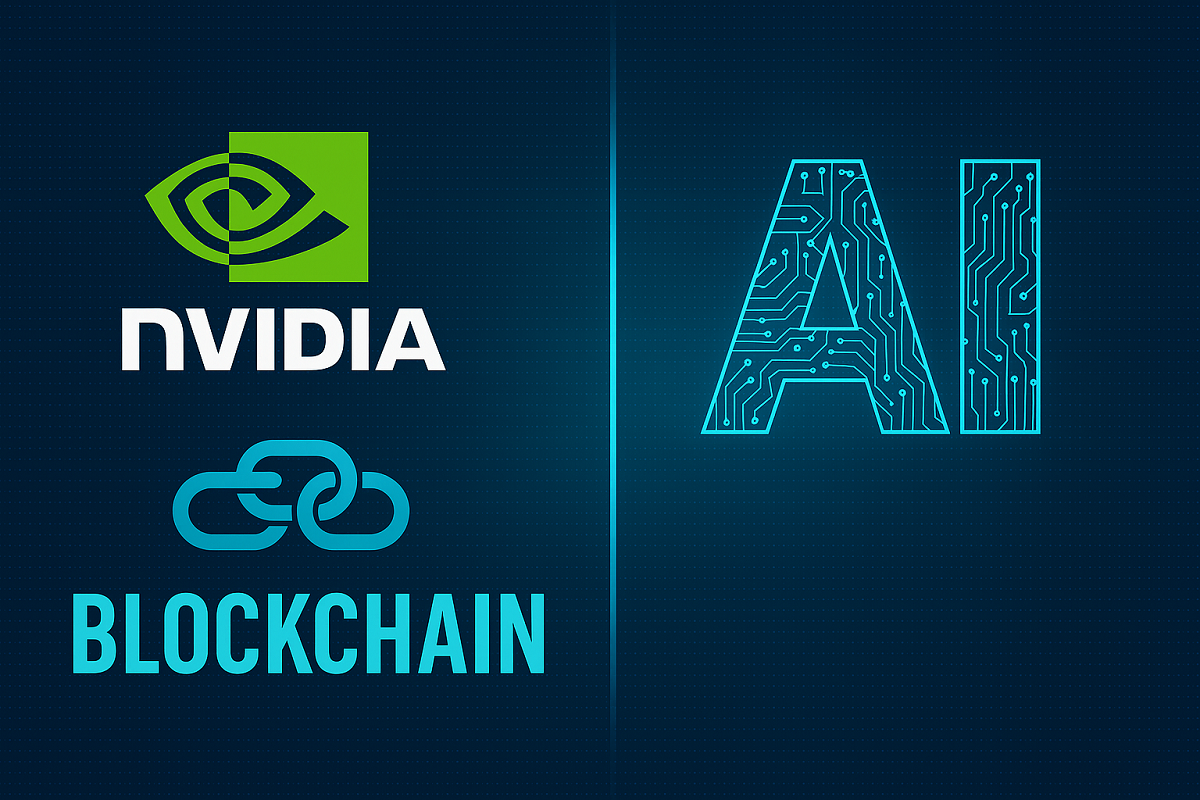Virtuals Protocol (VIRTUAL) is currently trading at approximately €1.00 (≈ $1.06 USD), demonstrating notable resilience and growing investor interest. The project has established itself as a strong mid-cap crypto asset with a healthy market cap in the hundreds of millions and consistently high trading volume—a positive sign of strong market engagement.
Vision and Mission
Virtuals Protocol has a forward-thinking mission: to combine the power of Artificial Intelligence with the decentralization and transparency of blockchain. At its core, the protocol enables the creation of autonomous AI agents—intelligent digital entities that can exist and operate in virtual spaces like games, social platforms, and metaverses.
These agents are tokenized, which means they can be owned, co-owned, traded, or governed collectively. This concept opens the door to a new kind of digital economy—where AI services are not just accessed, but owned by communities and individuals.
In my view, the project is smartly aligned with current tech trends—AI, Web3, and digital personalization—and is building on a solid technical foundation.
The Team – Skilled, Transparent, and Mission-Driven
Virtuals Protocol was originally formed in 2021 under the name PathDAO and transitioned into its current focus on AI agents in 2023. The core team is made up of highly competent individuals with backgrounds in consulting, AI research, blockchain engineering, and data science.
Some key qualities stand out:
- A deep understanding of both the technical and strategic sides of crypto and AI.
- Experience at top institutions and companies.
- A clear commitment to transparency and long-term development.
This kind of interdisciplinary and focused team adds significant credibility to the project and suggests it’s not a short-term hype play, but a serious long-term builder.
Technology and Ecosystem
Virtuals Protocol operates on a multi-chain infrastructure—including Ethereum, Solana, and Base—which ensures scalability and accessibility across different user bases and technical environments.
Core Components:
- AI Agent Tokenization: Each AI is tokenized as an ERC-20 asset, allowing it to be owned, traded, or governed.
- Initial Agent Offerings (IAOs): A unique system that lets users invest in new AI agents early, similar to crowdfunding or early-stage NFT drops.
- Deflationary Tokenomics: The VIRTUAL token supply decreases over time through burning mechanisms and locked liquidity pools.
- Real-World Integration: AI agents can already be deployed on popular platforms like Telegram, Roblox, and TikTok—this gives the protocol real utility, not just theoretical potential.
Technologically, the project seems robust and well-executed, leveraging battle-tested blockchain standards while innovating in AI integration.
The VIRTUAL Token – Use and Value
The VIRTUAL token has a clear and functional role in the ecosystem. It’s more than a speculative asset—it’s the fuel of the platform.
Utility Includes:
- Access to and operation of AI agents
- Staking for network rewards
- Governance voting on key platform decisions
- Participation in IAOs for new agents
From a value perspective, this utility gives the token real staying power. It’s not just about hype—it has use cases that can grow alongside the ecosystem.
Market Performance & Future Potential
VIRTUAL has shown outstanding performance over the past year, recovering from its all-time low and gaining serious momentum. It recently touched over €4.80, and while it’s now consolidating near €1.00, that’s still an incredible recovery.
If the trend continues—particularly with further adoption of AI agents across platforms—it’s reasonable to expect continued growth. Personally, I see strong long-term potential here, especially as mainstream interest in decentralized AI picks up.
Final Thoughts – My Perspective
Virtuals Protocol is, in my opinion, one of the most promising AI-blockchain projects currently in development. It blends real technological substance with practical application, backed by a skilled and professional team.
It stands out for three key reasons:
- It solves a real problem with real utility.
- It’s early in a space (decentralized AI agents) with huge growth potential.
- It has already proven it can deliver.
If you’re interested in the future of AI ownership, tokenized intelligence, and community-driven innovation, VIRTUAL is absolutely worth watching—or even participating in.

